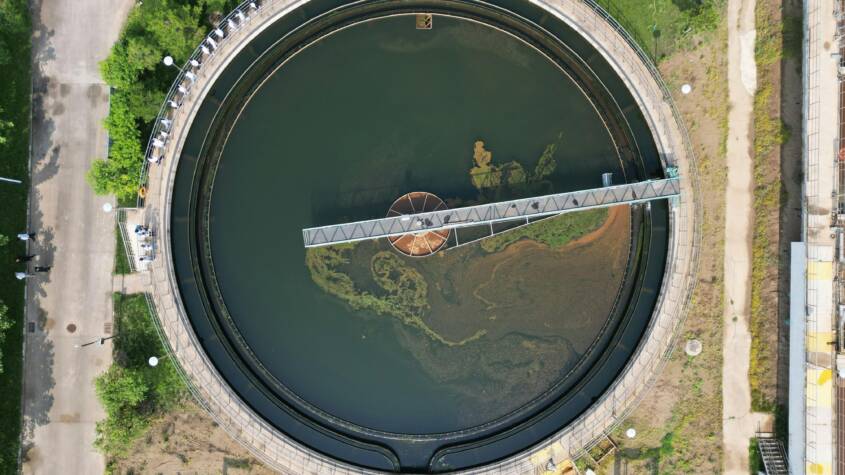
Industrial water treatment is a critical component in ensuring the sustainability and efficiency of various manufacturing processes. Effective treatment methods not only help meet regulatory compliance but also optimize water reuse, minimize waste, and reduce operational costs. This process is essential for industries ranging from pharmaceuticals to power generation, where water quality directly impacts product quality and system performance.
With increasing water scarcity and heightened environmental awareness, businesses are prioritizing advanced water treatment technologies. From chemical precipitation to membrane filtration, these methods address contaminants and enhance water quality. The right treatment strategy can significantly improve production efficiency and promote environmental stewardship.
Understanding the importance of industrial water treatment can lead to better decision-making regarding resource management. Companies that invest in proper water treatment systems stand to benefit from improved operational reliability and sustainability in their practices. This not only enhances their bottom line but also solidifies their reputation as responsible corporate citizens.
Fundamentals of Industrial Water Treatment
Industrial water treatment is essential for ensuring water quality and compliance with regulations. It addresses the presence of contaminants and applies various treatment processes to meet specific industrial needs.
Water Quality Standards and Regulations
Water quality standards are crucial for protecting public health and the environment. Regulations dictate acceptable levels of pollutants in discharged water. These standards are set by organizations like the Environmental Protection Agency (EPA) and local governmental bodies.
Key regulations that industries must follow include the Clean Water Act (CWA) and the Safe Drinking Water Act (SDWA). Noncompliance can result in financial penalties and legal repercussions. Industries must regularly monitor water quality to align with these standards, typically through routine sampling and testing.
Common Contaminants and Environmental Impact
Industrial processes frequently introduce contaminants into water sources. Common contaminants include heavy metals, organic compounds, and pathogens. These substances can lead to toxic effects on aquatic life and pose risks to human health.
Heavy metals like lead, mercury, and cadmium often originate from manufacturing and mining activities. Organic contaminants, such as solvents and oils, can infiltrate water supplies through spills. The environmental impact of these pollutants can result in ecological imbalances and long-term health issues in surrounding communities.
Overview of Treatment Processes
Various treatment processes are employed to remove contaminants from industrial water. These processes can be categorized into physical, chemical, and biological methods.
Physical methods include filtration and sedimentation, which remove particulates from water. Chemical methods often involve the use of coagulants or neutralizing agents to treat specific contaminants. Biological methods utilize microorganisms to break down organic materials.
An effective industrial water treatment plan often combines multiple methods to achieve the desired water quality. Industries should develop tailored strategies based on their specific water quality challenges and regulatory requirements.
Advanced Water Treatment Technologies
Advanced water treatment technologies play a crucial role in ensuring the effective purification and management of industrial water resources. These technologies enhance traditional methods, offering improved efficiency and effectiveness in water treatment processes.
Membrane Filtration Methods
Membrane filtration methods utilize semi-permeable membranes to separate contaminants from water. Common types include microfiltration, ultrafiltration, nanofiltration, and reverse osmosis.
- Microfiltration: Removes larger particles, bacteria, and some viruses, often serving as a pre-treatment step.
- Ultrafiltration: Effective for smaller viruses and dissolved solids, enhancing water quality.
- Nanofiltration: Targets divalent ions and small organics, offering selective permeation.
- Reverse Osmosis: Achieves nearly complete removal of all contaminants, making it ideal for desalination and wastewater reuse.
These methods vary in complexity and cost, but they provide significant advantages in achieving high-quality effluent.
Chemical Treatment and Disinfection
Chemical treatment methods involve the addition of various agents to facilitate the removal of contaminants. Common chemicals include coagulants, flocculants, and disinfectants.
- Coagulants: Agents like alum or ferric chloride help in aggregating smaller particles into larger flocs.
- Flocculants: Assist in the settling process, further removing suspended solids.
- Disinfectants: Chlorine, ozone, and UV light are frequently used to eliminate pathogens and ensure water safety.
These treatments are crucial for handling diverse industrial wastewater, ensuring compliance with environmental standards.
Emerging Trends and Innovations
Emerging trends in advanced water treatment are shaping the future of industrial water management. Key innovations include:
- Smart Water Technologies: Integration of IoT devices for real-time monitoring and control of treatment processes.
- Membrane Bioreactors (MBRs): Combining biological treatment and membrane filtration for effective wastewater management.
- Advanced Oxidation Processes (AOPs): Utilizing powerful oxidants to break down complex contaminants.
These innovations increase efficiency, reduce costs, and enhance environmental responsibility, contributing to sustainable industrial practices.
Gold Belt Buckle: A Timeless Accessory for Every Occasion
The gold belt buckle has long been a symbol of status, craftsmanship, and personal style. …










